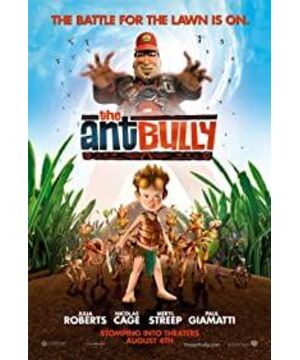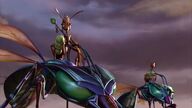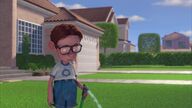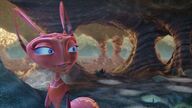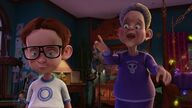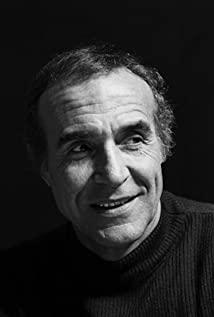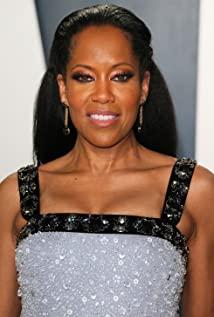"Don't Mess With Ants" is novel and interesting, with first-class visual effects. Although it tells the story of a child and a group of ants, no one can say that this story is for children, or for adults to have fun. Plants and trees in the ant kingdom, as well as those fully anthropomorphic ants, are easy to think of Lilliput in Jonathan Swift's "Gulliver's Travels". Just as Gulliver's Travels is actually a satire rather than a pure children's book, the superficially funny Don't Mess with the Ants is actually trying to convey a rather serious and profound idea of violence and cruelty Often comes from cultural barriers.
In order to express the difference between the human world and the ant world, "Don't Mess with Ants" makes full use of the huge difference in vision and perspective between the human perspective and the ant perspective. In the ordinary lens that shows the human perspective, the small mounds in the garden, the water spray from the water gun, and the weak fire from the explosion of firecrackers are all things that are too small to be mentioned. However, in the macro lens that shows the ant's perspective Inside, they turned into a huge underground palace, a huge flash flood that broke out in an instant, and a big explosion that saved the entire ant kingdom. What's great about "Don't Mess With Ants" is that it doesn't hesitate to use a lot of action shots when shooting "Small World". For example, in the scene where the ants attacked Zoke's bedroom, the macro lens magnifies the extremely small movement, and a running subjective lens finally presents this visual effect: flying forward on the floor, and the surrounding scenery is quickly drawn However, the goal that is so close at hand is always so far away. It should be said that such a moving shot is closer to the real feeling of the ants than the still shot. "Don't mess with the ants" gradually eliminates the psychological barrier between people and ants while showing the difference between the world in the eyes of people and ants. Zook's actions of stepping on the mound with malice are, in the eyes of adults, at most just a child's unskilled game, but "Don't mess with the ants" arranged such a set of scenes, under the attack of the monster like Godzilla, the ants They were instantly devastated.
It's hard to say whether human nature is "inherently good" or "inherently evil". Zoke was bullied by his friends and threw all his anger on the little ants. The film uses a high-angle shot to express the feeling of being aloof and holding the power of life and death for others. Here we do not see good and evil, but only how unconstrained power stimulates human beings’ primitive desire for violence. Since the strength and weakness of ants and Zoke cannot be changed, the best way to live in peace is to let the strong live among the weak. The reason why Zuoke went to the ant's nest to defend himself after becoming small was: "How do I know that you also have thoughts and feelings?" This kind of "don't know" is the "diaphragm". Once the barrier is removed, our cruelty and cruelty will naturally be lifted. "Don't mess with the ants" is of course just a fable. To peacefully coexist between different groups of human beings, cultural communication and understanding are essential. This is what "Don't mess with the ants" really wants to express.
View more about The Ant Bully reviews


